10 Wonders Of The World You’ve Never Heard Of But Will Want To Visit
Parícutin, Mexico
A farmer living in Mexico’s Uruapan Municipality was treated to an unexpected surprise when a volcano leaped out of his corn field in 1943 and grew to a height of 1,100 feet (335 meters) over the next year. The volcano grew for another decade and eventually destroyed the towns of Parícutin and San Juan Parangaricutiro, though local authorities reported no deaths due to lava or asphyxiation. Scientists, meanwhile, were delighted. The rise of the Paricutin volcano marked the first time in history they were able to observe the complete life cycle of a volcano, from birth to extinction (1942-1952). Today, hikers tackle a slow-but-rewarding trek by the remnants of a destroyed church and up the slope of Earth’s youngest volcano.
Ha Long Bay, Vietnam
According to local legend, Vietnamese Gods sent out a family of dragons to protect their people from Chinese invaders. These jade-spitting dragons unleashed their jewels into the sea, forming the dizzying (and dazzling) defense that is Ha Long Bay. Today, a trip on a live-aboard “junk boat” into this odd realm is truly a journey to another world, where floating fishing villages wobble atop emerald green water as sharp limestone peaks shoot skyward. The views are surreal, the caves spooky, the monkeys mischievous and the adventure completely beguiling.
Kizhi Island, Russia
You don’t have to be a connoisseur of wooden architecture to appreciate the onion-domed artistry on display in remote Kizhi Island. Situated near the geometrical center of Lake Onega in the Republic of Karelia, this Unesco World Heritage-listed open-air museum complex includes 83 monuments of wooden architecture ranging from old chapels and houses to windmills and granaries. Towering above the pack is the island’s crowning jewel, the 122-foot (37 meter) Church of the Transfiguration of Our Savior, whose 22 wooden cupolas were fashioned without a single nail.
Choquequirao, Peru
Think Machu Picchu without the aggravating touts and busloads of tourists. This is the charm of Choquequirao, a ruined Inca city in south Peru that’s the same size as its more famous sister but receives 99 percent fewer tourists. Choquequirao is believed to be the last major religious center of the Inca Empire before its fall, and the well-preserved ruin complex consists of terraced fields, temples and palaces and features an advanced system of canals and aqueducts. The two-day uphill trek to Choquequirao keeps visitor numbers at bay, allowing for unadulterated views that will transport you back to a long-lost era.
Boiling Lake, Dominica
On most Caribbean islands, the focus is on the exterior: You enter and exit at the historic port cities and head to the beaches to sunbathe, swim, snorkel and laze. The beauty of volcano-covered Dominica, however, lies not on its coast but in its dense, tropical interior, a place blanketed in near-constant cloud-cover thanks in no small part to the island’s infamous Boiling Lake. This milky gray lake is actually a flooded fumarole and the second-largest hot spring in the world. It bubbles in anger like a witch’s cauldron at the end of a three-hour-long path from the nearest road. Along the way, the aptly named Valley of Desolation is sure to set the mood.
Leshan Giant Buddha, China
The United States has Mount Rushmore. China has Giant Buddha. At a height of 233 feet (71 meters), this Tang Dynasty stone effigy is easily the largest Buddha and tallest premodern statue in the world. It looks out on the nexus of three rivers near Mount Emei, where Buddhism was first introduced to China, and was built by a Chinese monk named Haitong who hoped to quell a local river monster that had caused floods and capsized boats. The massive, 90-year-long construction project resulted in such large rock deposits in the river below that the currents were indeed altered, making the river safe for ships.
Gates of Hell, Turkmenistan
Are you living in a world of sin? Need a preview of what’s to come? Head to Turkmenistan and check out Gates of Hell. This 328-foot-wide fire hole near the village of Derweze is not the outcome of nature but rather an industrial accident. In 1971, a Soviet drilling rig accidentally punctured a massive underground natural gas cave causing the ground below it to collapse. The Soviets decided the best way to fend off an environmental disaster was to burn off the poisonous fumes spewing out of the hole at alarming rates. Though geologists had hoped the fire would subside in a matter of days, 41 years later, the hole remains decidedly hellish.
Tsingy of Bemaraha, Madagascar
Madagascar is famously outlandish in its flora and fauna, but its geographic features are no less bizarre. Of all the wild locales on this island nation, Tsingy of Bemaraha is, perhaps, the most enthralling. A series of suspended walkways allow visitors to literally walk above a forest of limestone needles known as tsingy, which were formed over centuries by the movement of wind and water. This natural cathedral once sheltered Madagascar’s first inhabitants, the Vazimba, and remnants of their presence can be found hidden in the crevices below. Beyond the maze-like tsingy, the park houses 90 species of birds and 11 species of rare endemic lemurs.
Mosquito Bay, Puerto Rico
Anyone who has ever dreamed of being Mickey Mouse in Walt Disney’s “Fantasia” should book a ticket to Mosquito Bay on the island of Vieques. Every splash, twist or turn through the water after sunset ignites a whirlwind of electric blue lights thanks to tiny dinoflagellates. Considered the healthiest bioluminescent bay on the planet, the plankton-filled water haloes bodies in an otherworldly aura and illuminates the underwater life lurking below. And if you’re lucky enough to be in the bay when a rain shower passes through, watch as the surface glows like thousands of sparkling jewels.
Hampi, India
Like gaping at clouds as they morph into barely familiar shapes, the Hampi region is a mesmerizing, constantly surprising jumble of utter unpredictability. The landscape was formed by millions of years of volcanic activity and erosion -- the result of which is truly bewildering. It's at once both desert and oasis, and amid the rubble of precariously perched boulders and jumbled rock clusters sit ancient ruins to rival those of Angkor. Just before Decca sultanates razed the metropolis to the ground in 1565, the ancient city of Vijayanager boasted more than 500,000 residents living in unparalleled grandeur. What's left today is a testament to a remarkable empire.
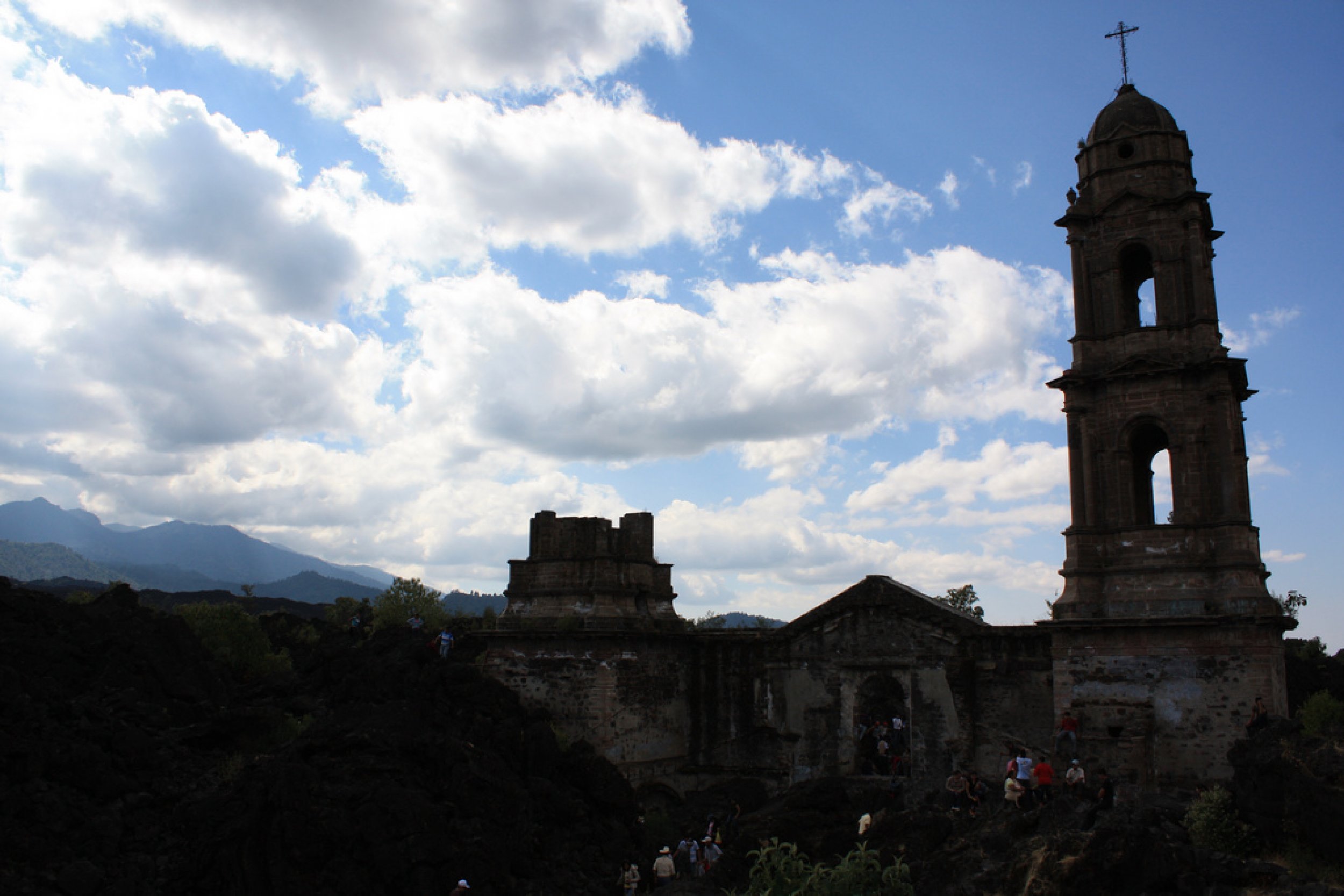
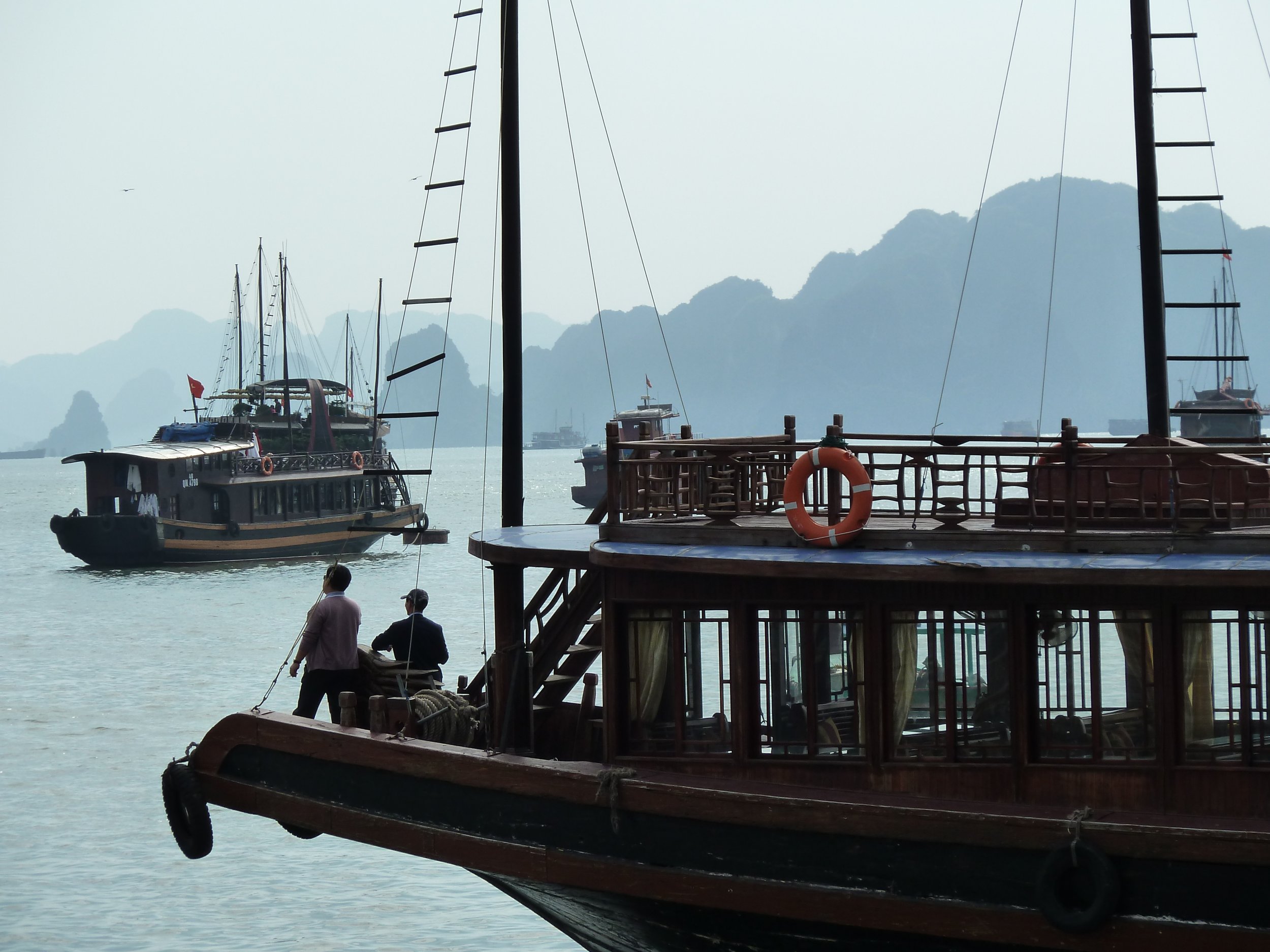
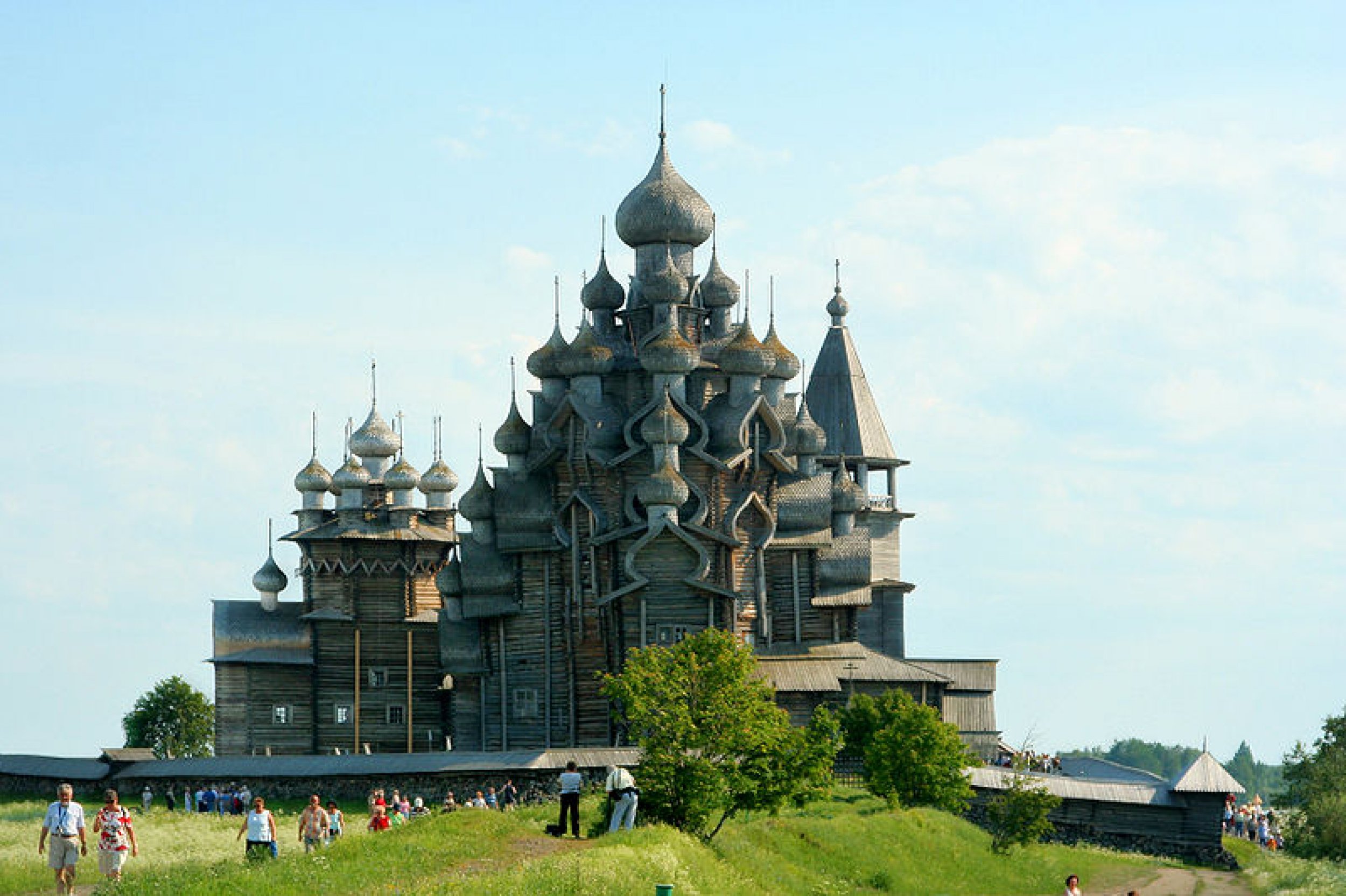
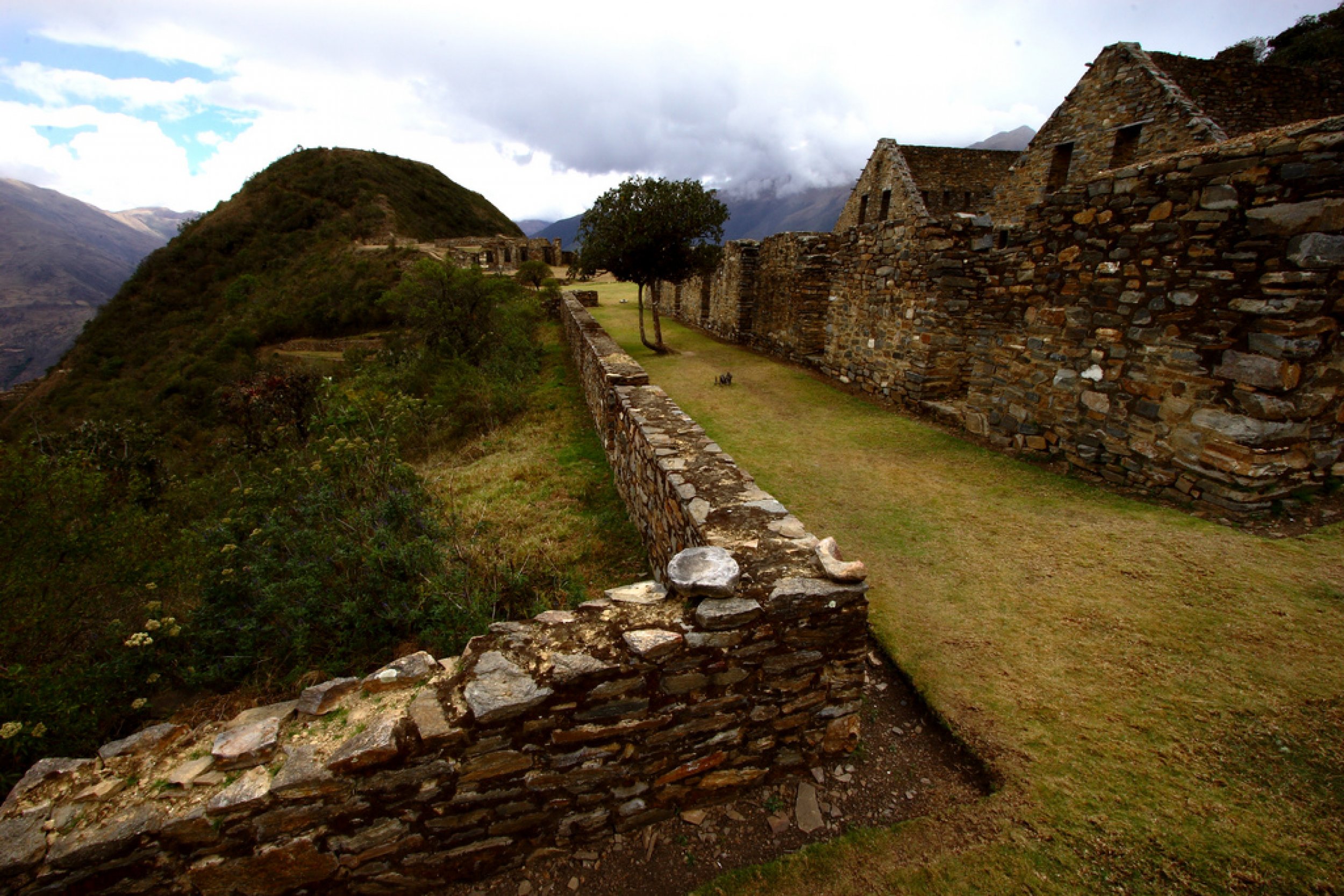
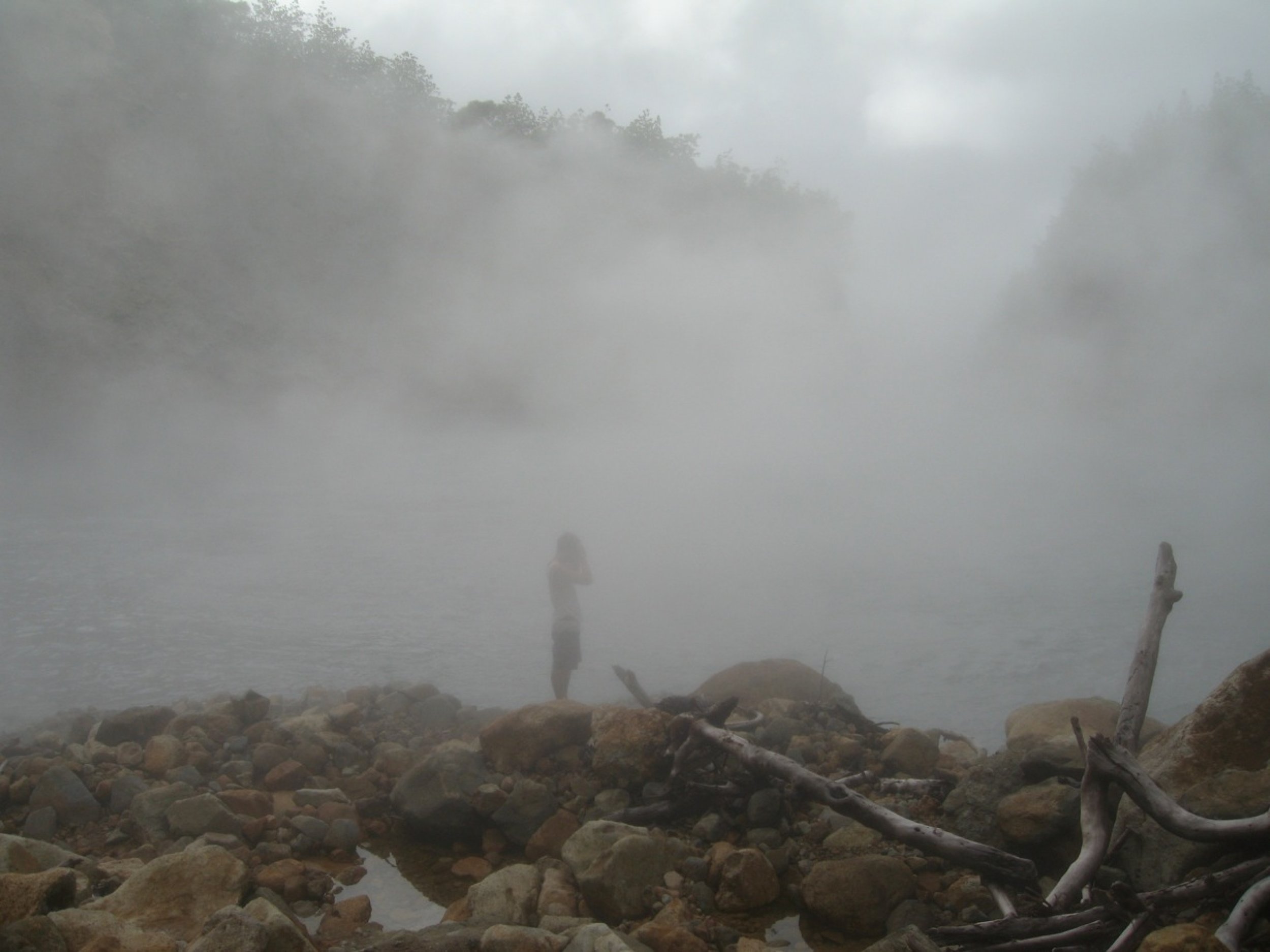
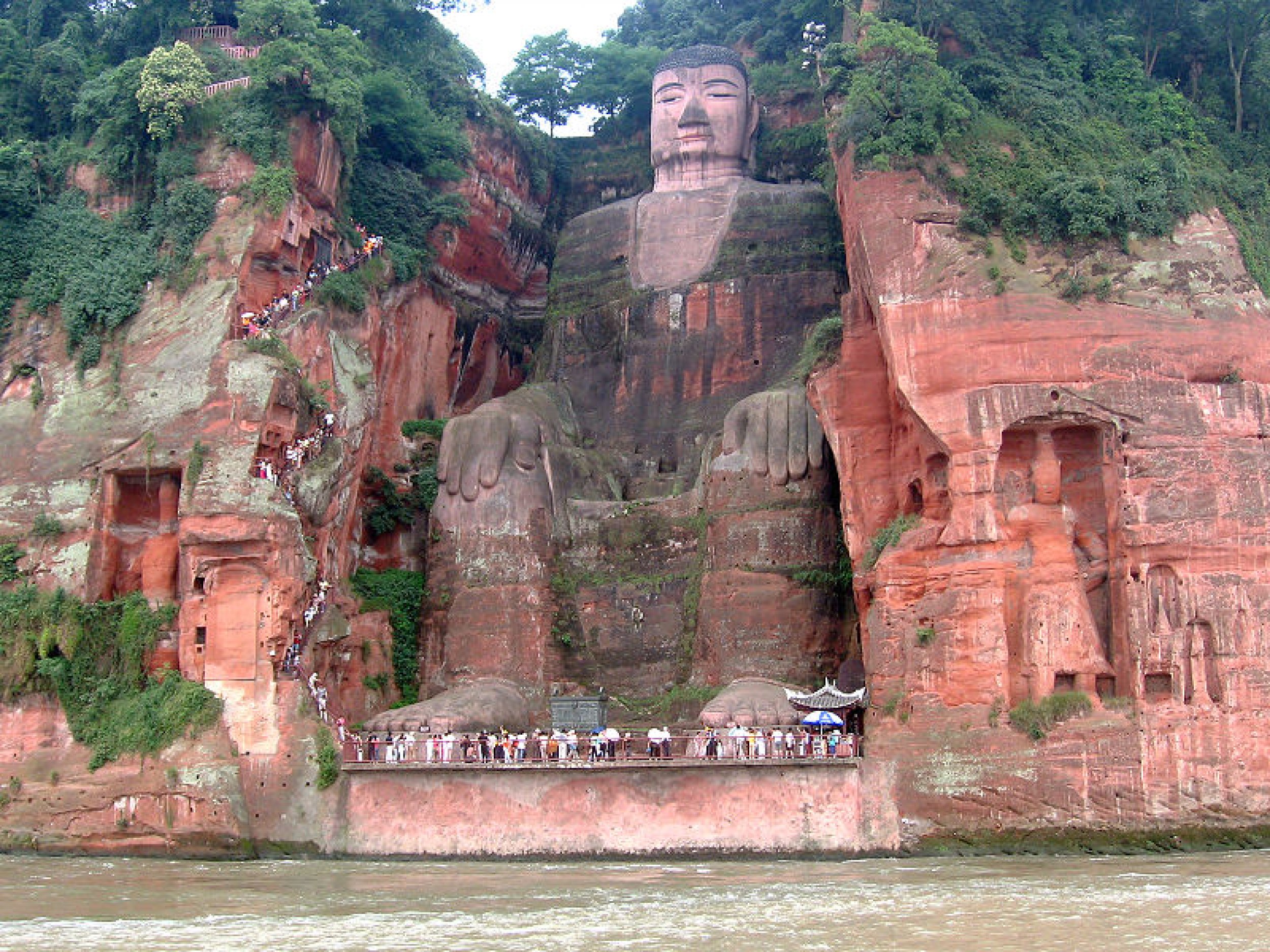
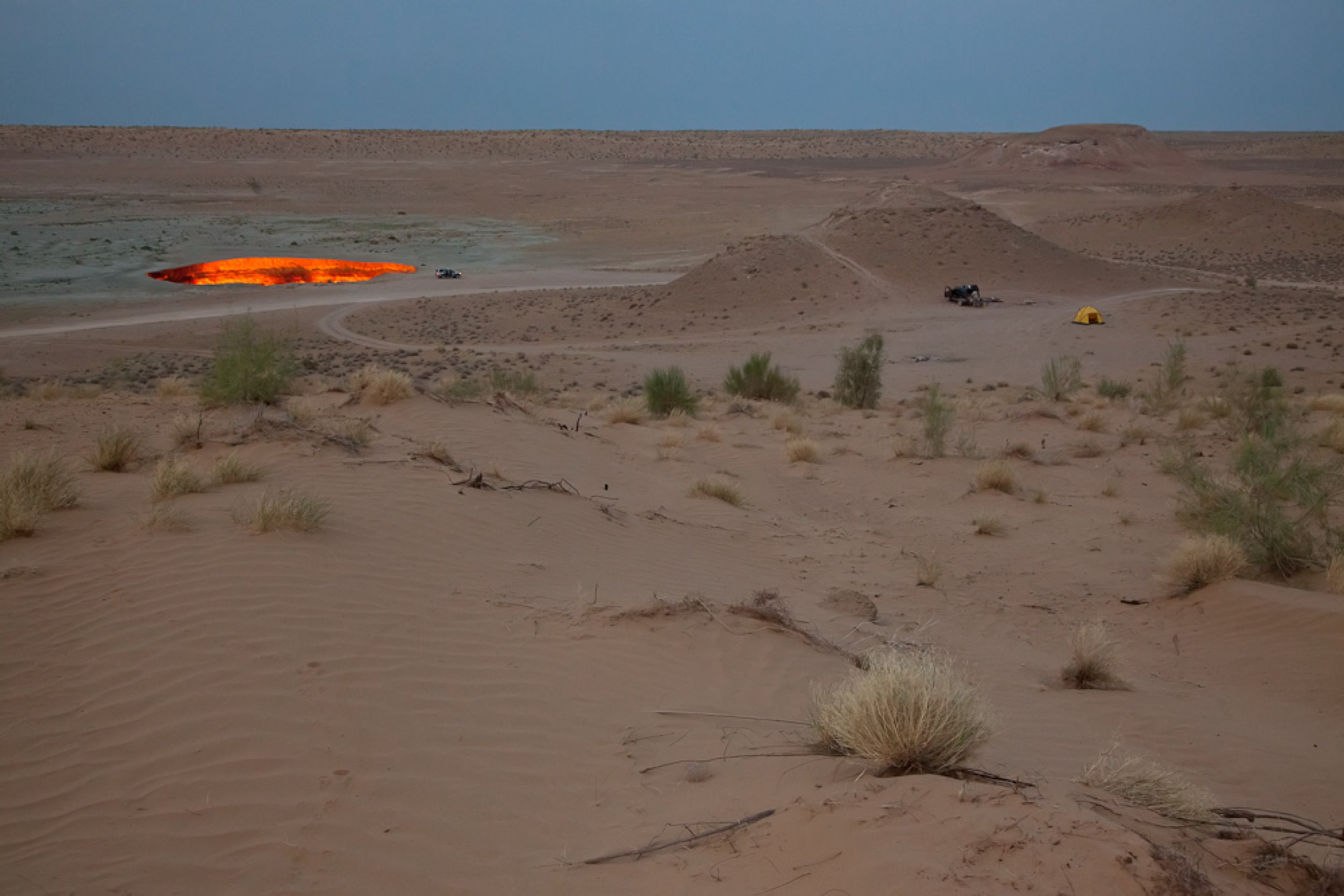

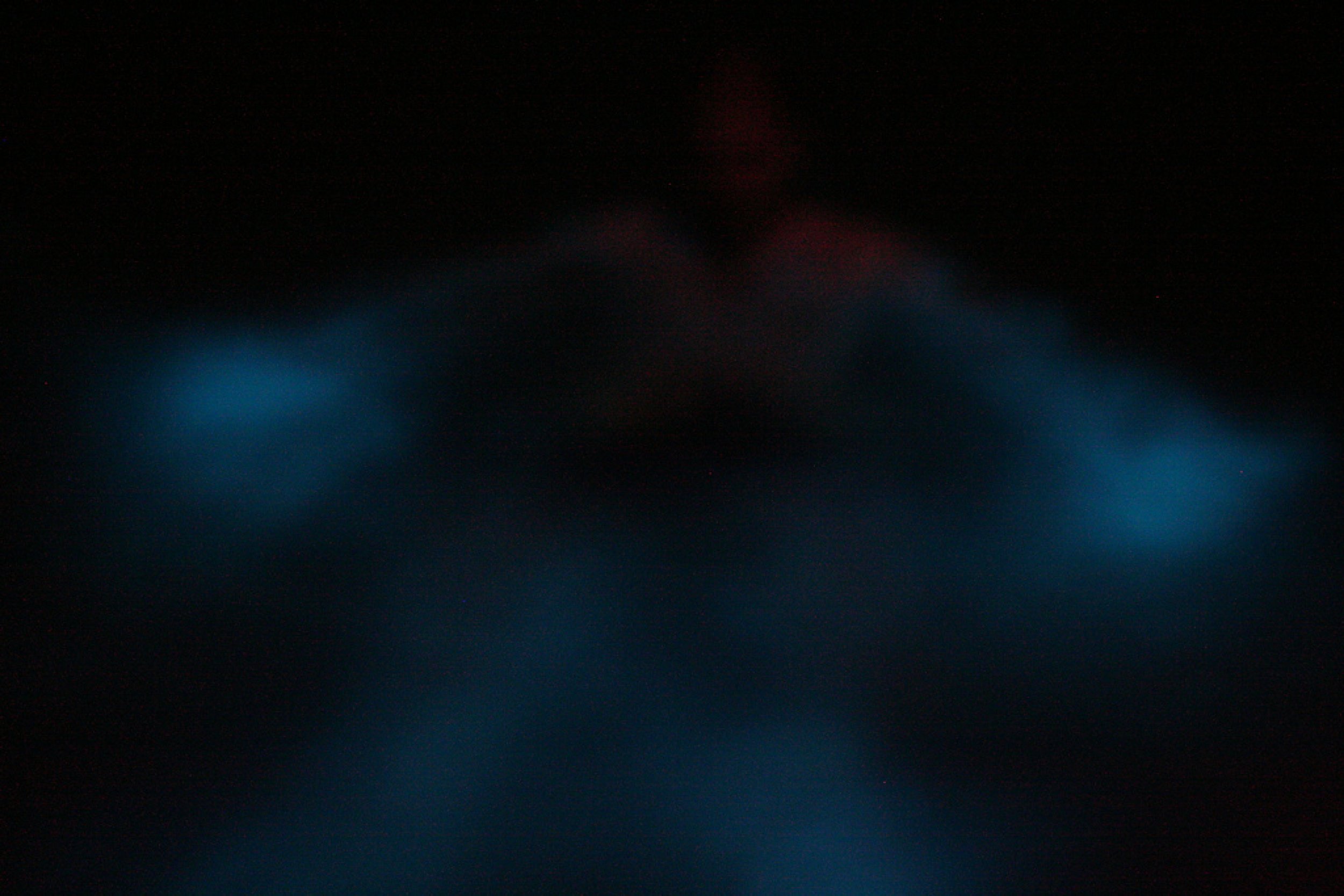
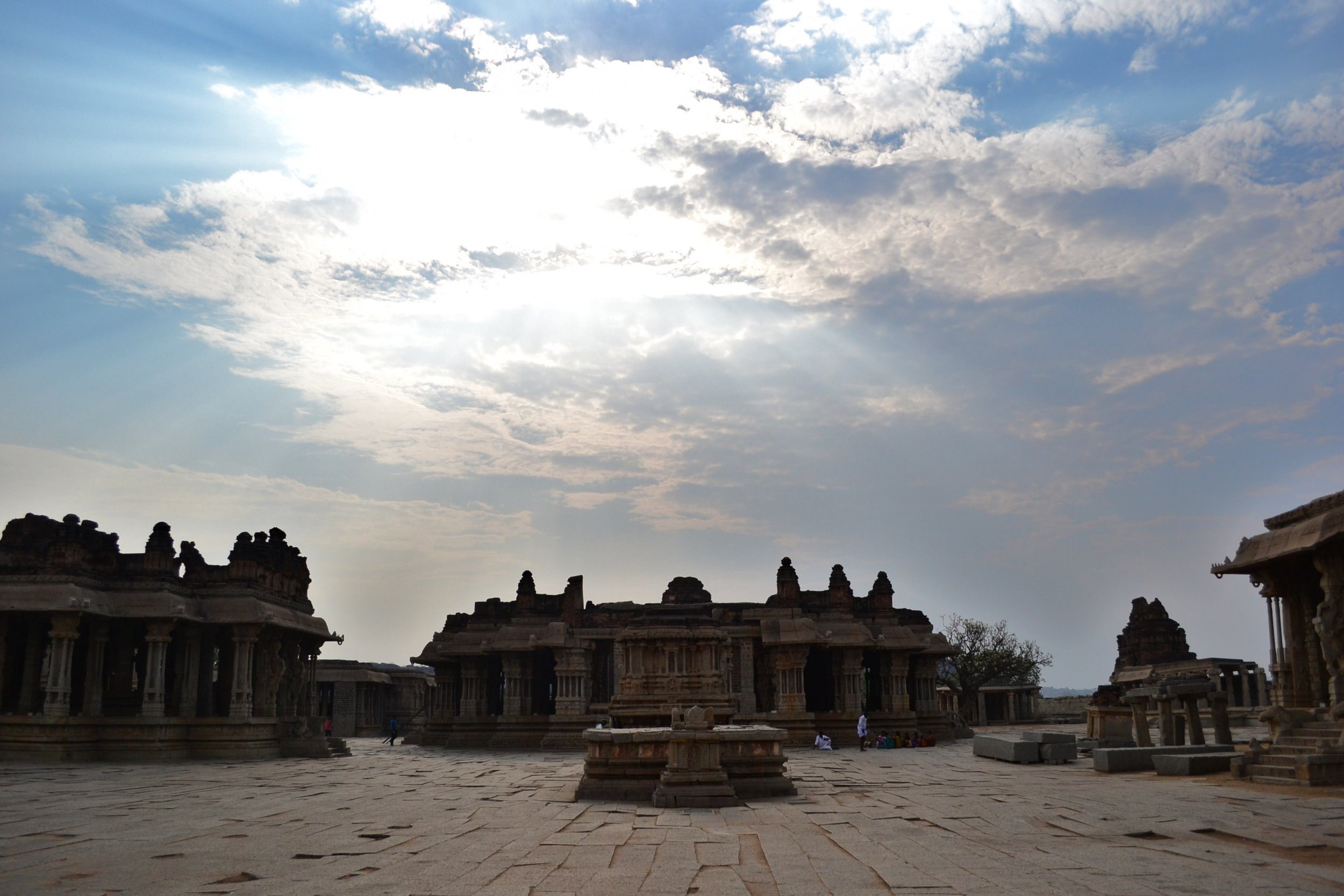
© Copyright IBTimes 2024. All rights reserved.






















